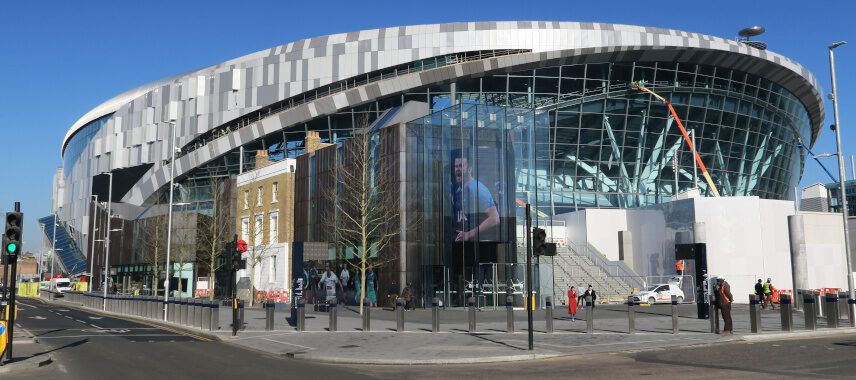What do you see in a typical football club stadium?
If it’s just a football pitch for you, then you are actually missing a whole range of other features and functions that make a stadium so incredibly important sports and business-wise. Yes, you read it right – stadiums are so much more than just fields where two teams can compete against each other to figure out who’s better.
The most significant question of all is: What makes a stadium the core of the 21st century club?
There are so many details we need to elaborate on here and we will divide the analysis into five sections. We have a lot of interesting things to discuss, so let’s waste no more time.
It’s a Club’s Fortress
You probably know that most people analyze home and away games separately. This is not a mistake because most teams play much better on their own turf. We can rightfully claim that a stadium is the fortress of a club where home fans and players feel safe and sound.
Fans see it as their second home, while players get used to the ambiance and tend to give their best while playing on a familiar pitch. For example, Barcelona used to have by far the largest turf – 120 yards long and 79 yards wide – and it bothered many away teams because they weren’t used to such a large playing field.
The Costs of Making a Stadium
Personal affiliations and team preferences are important, but club owners think in another direction just as carefully. They have to because the costs of making a stadium are gigantic. Some of the most popular clubs in the world have spent well over $1 billion to build their stadiums according to the state of the art principles of business and engineering.
Singapore National Stadium took $1.4 billion to be completed, but it only proves that football is indeed profitable. Today, football teams and clubs from all other sports can hope to make money through various activities – from online sports betting over leisure time activities to non-sports events.
It Has a Massive Advertising Potential
It doesn’t take a marketing expert to figure out that football stadiums have a massive advertising potential. Every sports field in the world can be branded in a way that promotes one or more companies. The strategy is useful because it has two special effects:
- It constantly presents a promo message to the fans who watch the games regularly, so they end up familiarized with the brand.
- It appears on TV broadcasts, thus reaching millions of viewers from all over the world. This turns a given company into a world-known brand.
Of course, there are other advertising tricks clubs can use to gain profit. They can give the naming rights to a single sponsor and get paid tens or hundreds of millions. This is exactly what Bayern Munich did when they sold the naming rights to Allianz, so now we are talking about the Allianz Arena instead of the Bayern Munich Arena.
Other Monetization Opportunities
Advertising is not the only income stream at a stadium. On the contrary, it makes a great site for other monetization opportunities that generate enormous revenue. American stadium owners are particularly skilled in designing profit-generating complexes, while European stadiums still lag behind. How can a stadium make so much money? Here are the most obvious options:
- Food and beverages: A typical football match lasts for two hours, but most spectators come at least 30 minutes before the actual game. They spend two to three hours at the stadium, which gives everyone more than enough time to eat and drink a lot.
- Tickets: Of course, football clubs use tickets as another monetization channel. They can divide tickets into different categories such as basic, medium, premium, and VIP, thus making the most from each seat individually.
- Events: Who says a stadium has to host only sports matches? There are many other types of events like concerts or fairs that require a lot of space to be organized properly. Football clubs take advantage of it to rent stadiums, especially in the postseason period.
The bottom line
Building a stadium is an expensive feat, but it generates so many sports and business benefits that no one can resist it. A typical stadium represents a fortress that fans treat as their own home, which forces players to give 100% every time they step on the pitch. But it’s just about sports. Football stadiums are profit generators with numerous income sources and this is what puts them at the core of the 21st century clubs’ project.

